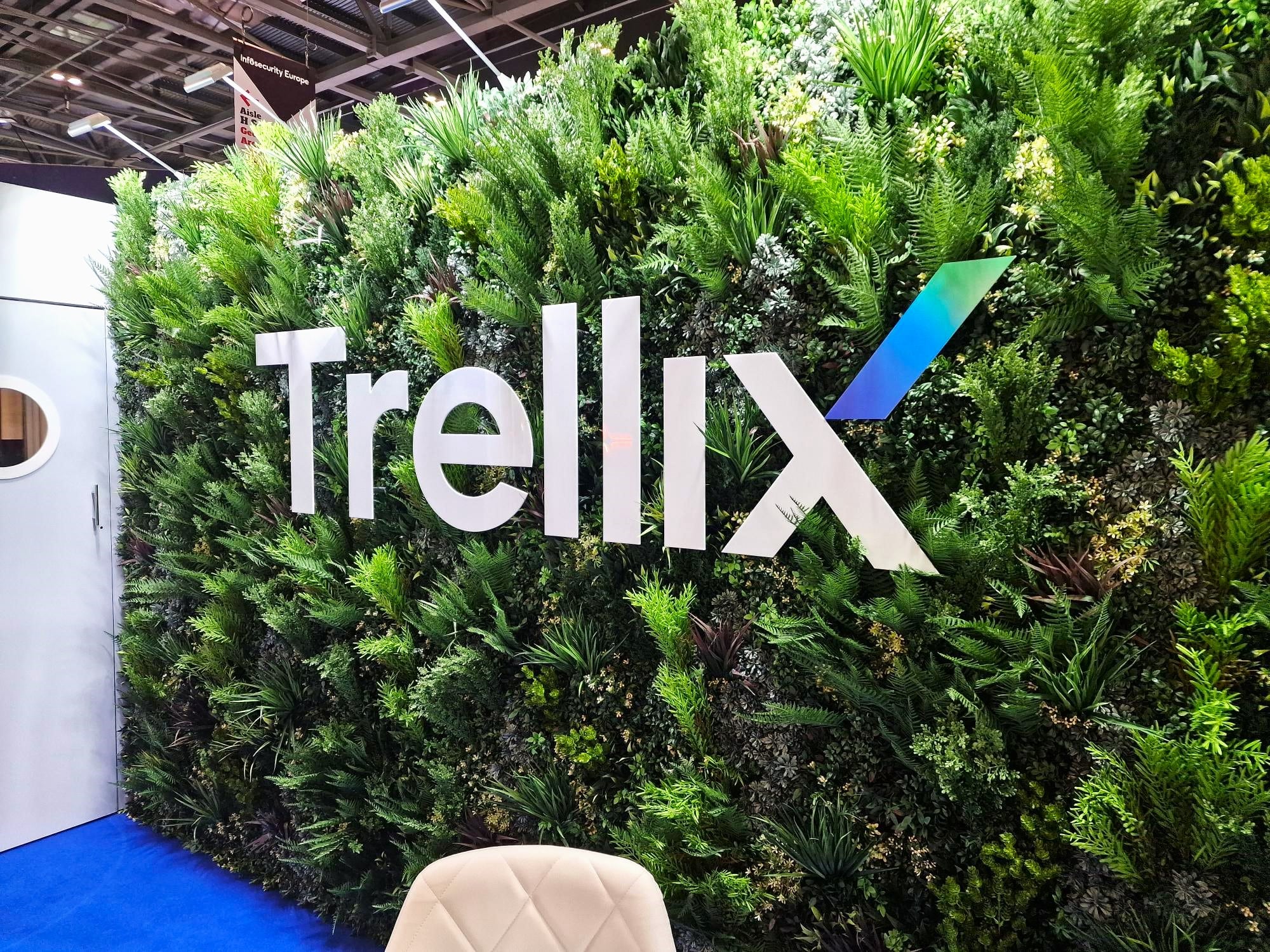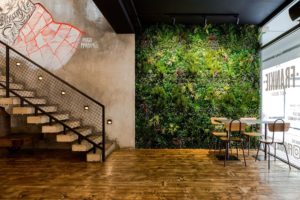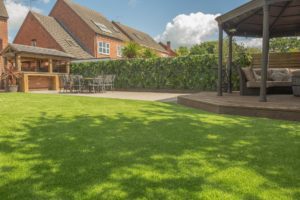The popularity of artificial green walls has been steadily rising for the last 10 years. Despite this they remain a relatively new innovation and so you’re bound to have questions about how they work and how they differ from a living plant wall. In this article we’re going to answer just some of those questions to help you become more knowledgeable about artificial plant walls and all they have to offer.
What are artificial green walls?
It might seem like an obvious question, but it would be remiss of us not to address the question or exactly what an artificial green wall is. Simply put, an artificial green wall is a decorative wall feature, designed to mimic the look of living plants, but suited to those who don’t want to, or cannot maintain a living wall all year-round, or whose space is not suited to real plants for whatever reason, such as the wall not being strong enough for to hold the weight of an irrigation system, soil etc.
It’s also possible that you’ve heard them called various other things, such as faux green walls, artificial living walls, artificial plant walls replica living walls, silk walls, ivy walls or fake green walls.
The artificial green wall panels that form the installation come in various looks and price ranges, from low-budget options, right up to high-quality solutions like Vistafolia’s UV stable and fire-rated panels. Finished green walls come in all shapes and sizes, from small residential projects to large commercial installations.
How do artificial green walls differ from living plant walls?
While they may look similar, especially if you’re dealing with good quality artificial plants, faux green walls differ from living plant walls in several ways and here are 5 key differences to get you started:
- Maintenance: Artificial green walls require minimal maintenance compared to living plant walls. They do not need watering, fertilizing, or pruning, making them ideal for spaces where regular maintenance may be challenging.
- Lifespan: Artificial green walls in general have a longer lifespan than living plant walls. While living plant walls require ongoing care and may need to be replaced periodically due to plant health issues or environmental factors, and may eventually outgrow their system completely, artificial green walls can maintain their appearance for many years with proper care.
- Watering: Living plant walls require regular watering to keep the plants healthy and vibrant. In contrast, artificial plant walls do not need watering, which can save time and resources.
- Versatility: Artificial green walls offer greater versatility in terms of design and placement. They can be installed in interior or exterior spaces, regardless of sunlight or environmental conditions, whereas living plant walls may be limited by factors such as sunlight exposure and climate, as well as substrate suitability.
- Consistency: Artificial green walls provide a consistent appearance year-round, regardless of seasonal changes or fluctuations in environmental conditions. Living plant walls may experience variations in appearance due to factors such as seasonal growth, plant health, and environmental stress.
Are artificial green walls realistic in appearance?
As with many things in life, what you get is what you pay for. Cheap artificial green walls tend not to look particularly realistic, and may have very bright colours not often found in nature. Similarly they may not have a mixture of planting and instead have the same plant over and over, like certain boxwood panels for example, or indeed exactly the same planting arrangement from panel to panel, which will hint at their artificial nature once installed.
However, good quality artificial green walls can look just as good as the real thing. Manufacturers who put time into developing natural looking plant shapes and use pure colour pigments often produce green wall panels that could fool you into thinking the product is real!
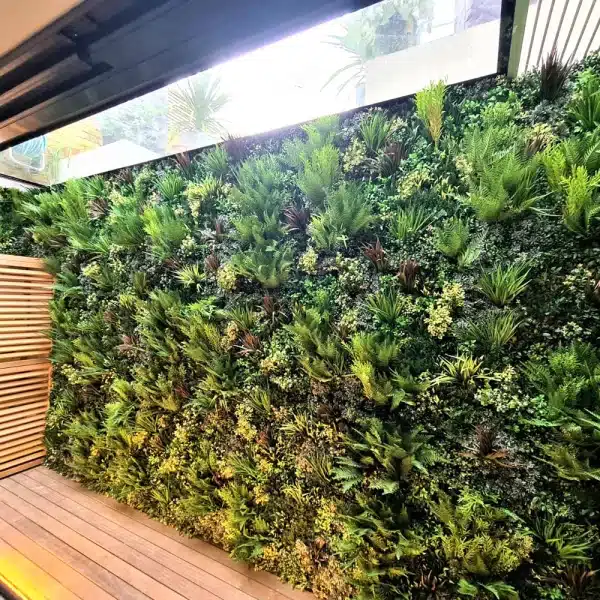
What materials are used to create artificial green walls?
Many artificial green walls are made from polyethylene. There are also those that are made from silk, although these are limited to indoor use. Good quality artificial plants will also have a metal wire inside the plant stem for rigidity and longevity.
The green wall panel backing is usually either plastic or metal. Cheaper green walls are more likely to be with plastic which can often be flimsy and unsuitable for commercial work or installation in direct sunlight where it can crack and ultimately fall apart. Top of the range products have a metal backing to ensure they last, even in tough environmental conditions. For example, Vistafolia panels are backed with powder coated stainless steel to help inhibit rust and ensure structural integrity, even in tough climatic conditions.
How do artificial green walls compare to living plants in terms of maintenance?
Artificial green walls offer several advantages over living plants when it comes to maintenance, such as:
- Watering: Unlike living plants, artificial green walls do not require watering. This eliminates the need for regular watering schedules and reduces the risk of overwatering or underwatering, which can lead to plant stress or death.
- Pruning and Trimming: Living plants often require regular pruning and trimming to maintain their shape and size. Artificial green walls, on the other hand, maintain their appearance without the need for pruning or trimming, saving time and effort.
- Pest Control: Living plants can attract pests such as insects and rodents, which may require pest control measures. Artificial green walls are pest-resistant and do not attract pests, eliminating the need for pest control treatments.
- Fertilization: Living plants may require periodic fertilization to replenish nutrients in the soil. Artificial green walls do not require fertilization, as they do not rely on soil or nutrients for growth.
- Seasonal Maintenance: Living plants may require seasonal maintenance tasks such as repotting, transplanting, or protecting from frost or extreme temperatures. Artificial green walls are not affected by seasonal changes and require minimal maintenance year-round.
Overall, artificial green walls offer a low-maintenance alternative to living plants, making them an attractive option for spaces where regular plant maintenance may be challenging or impractical.
Can artificial green walls be used both indoors and outdoors?
Yes, absolutely. There are countless examples available of artificial green walls for indoor and outdoor use. Some low-quality products may lack the UV stability needed for an outdoor installation, and many green walls are not fire rated, making them unsuitable for indoor use, especially in a commercial setting where building control regulations will prohibit them. But good quality artificial plant walls can be used anywhere your imagination takes you, without ever having to worry about the product fading or degrading in any way.
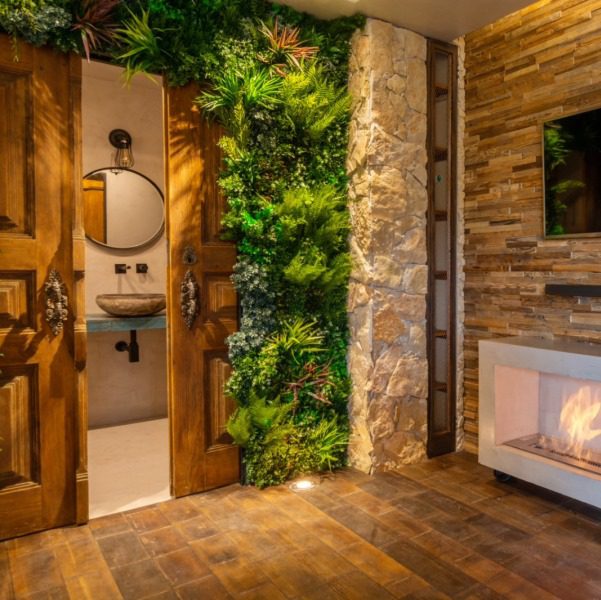
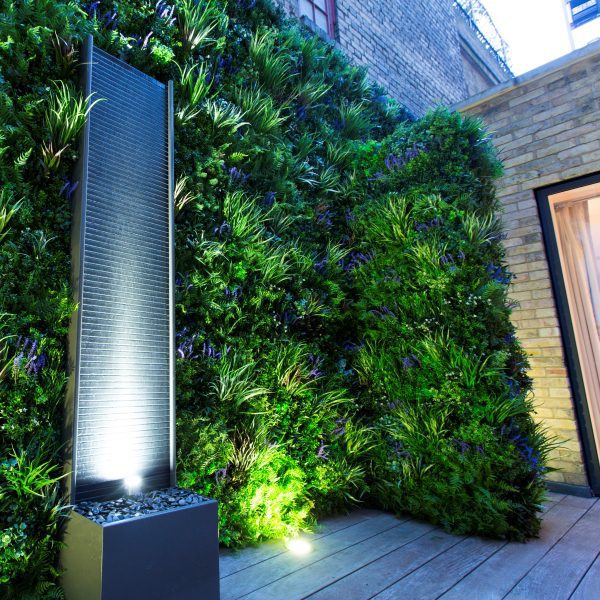
Do artificial green walls require any special installation considerations?
One of the many benefits of artificial green walls is that they can be installed onto most surfaces without the need for much in the way of preparation. Substrates such as brick, concrete, wooden fences or even glass can easily support an artificial green wall installation if done properly. Living walls will often have many more factors to consider, such as light levels, suitability for an irrigation system, and weight loading on the wall which may ultimately rule them out.
Are artificial green walls environmentally friendly?
There are a number of factors to consider here. On the positive side, artificial green walls can offer several environmental benefits. They often require significantly less water compared to living plant walls, which can help conserve water resources, especially in regions facing drought or water scarcity. Additionally, artificial green walls typically do not require the use of pesticides or fertilizers, reducing the environmental impact associated with chemical runoff and soil contamination. And, since artificial green walls do not rely on natural sunlight for growth, they can be installed in indoor spaces where sunlight may be limited, thus expanding opportunities for greenery in urban environments.
However, it’s essential to consider some other points. For example, not all artificial green walls can be recycled at the end of their life which is a particularly pertinent point in a modern environment. Vistafolia has invested a lot into ensuring its products can be recycled in full, and you can read more about this here. Furthermore, some artificial green wall materials may contain potentially harmful chemicals or additives, posing risks to human health and the environment. Before you buy always ensure the product you are considering is both REACH and RoHS compliant.
What are the long-term costs associated with artificial green walls?
Simply put, there aren’t any. Most artificial green walls require little or no maintenance. Indoor green walls can be dusted periodically and outdoor green walls can benefit from the occasional hosing to keep them free of any dust and dirt that might build up. Apart from that there is nothing else to do.
It is worth bearing in mind though that poor quality green walls may lack UV stability, and lose their colour quickly if installed outside. In this case, you might face the cost of having to replace your artificial green wall a lot sooner than you thought. That’s why you should always choose a product with a warranty, like Vistafolia with its world-leading 5-year guarantee, and one that has been independently tested and certified for UV performance.
Can artificial green walls provide the same health and wellness benefits as living plants?
Living plants have been extensively studied and are known to offer several health benefits. They can improve indoor air quality by filtering out pollutants and releasing oxygen, which can lead to better respiratory health and overall well-being. Additionally, the presence of living plants has been linked to reduced stress levels, improved mood, and increased productivity in indoor environments. Furthermore, caring for living plants can promote a sense of responsibility and connection to nature, contributing to mental and emotional well-being.
On the other hand, artificial green walls can provide some health and wellness benefits. While they do not actively purify the air or release oxygen, artificial green walls can still contribute to a calming and visually appealing environment. They can help create a biophilic design element that mimics the presence of nature, which has been shown to reduce stress and promote relaxation. Additionally, artificial green walls require minimal maintenance, making them a practical option for spaces where caring for living plants may be challenging or impractical.
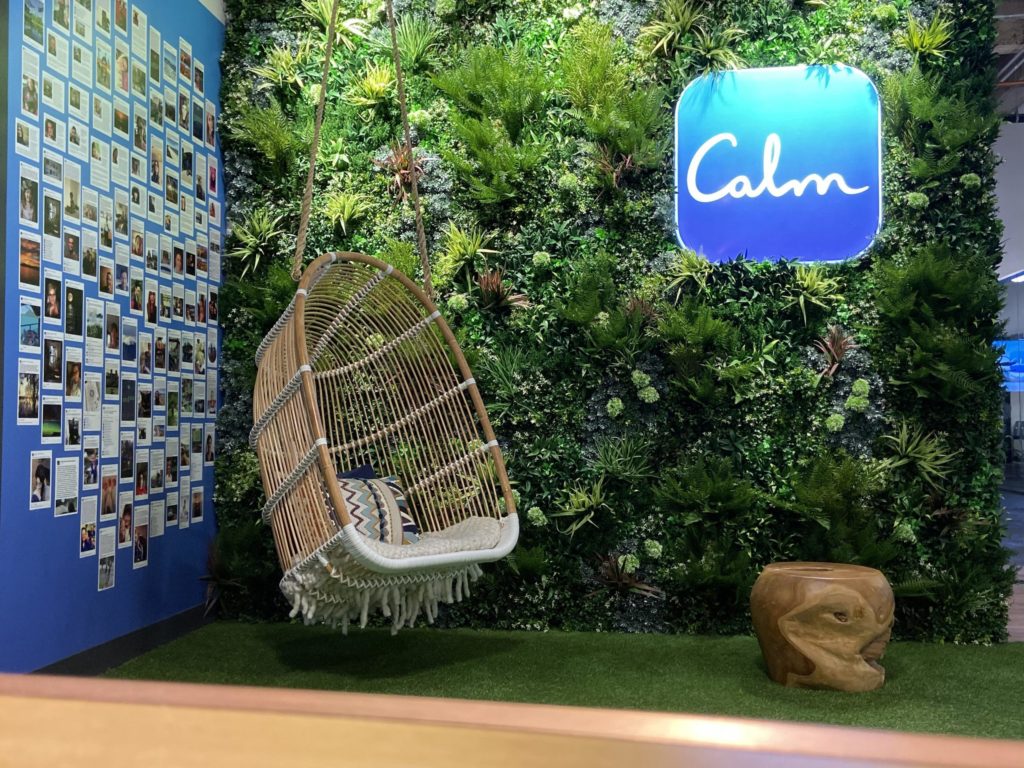
We hope you found this article useful. If you’ve still got questions or would like to find out more about Vistafolia or just green walls in general, get in touch with us today and our friendly team will be happy to help.
